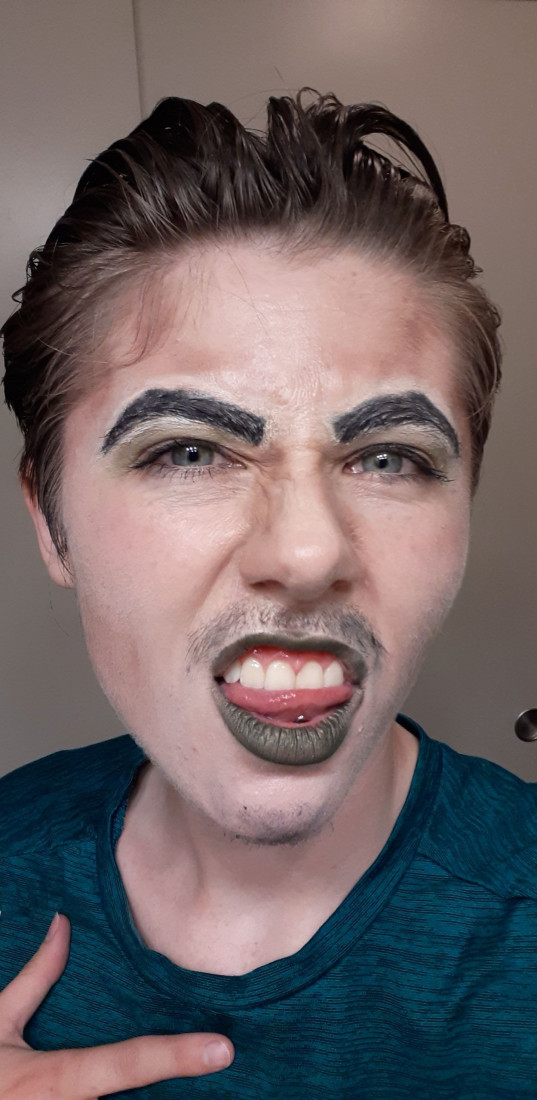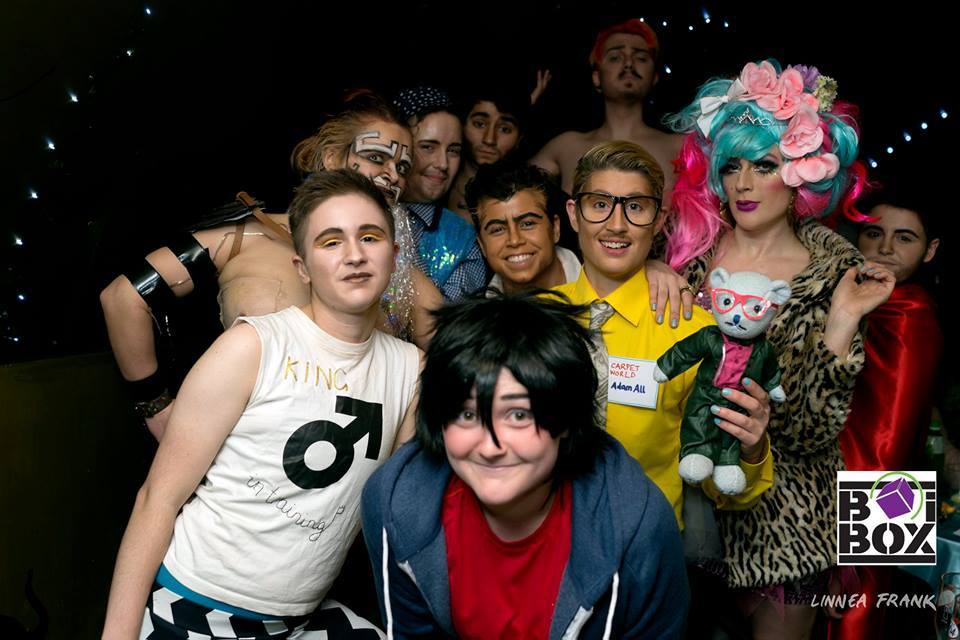

There’s another form of drag (that’s just as old) still fighting for the same kind of recognition and respect, and it’s high time we bow to its no less valid, no less engaging fierceness and illusion. Watching men, nonbinary people and trans women dressed up in glamorous lady looks and copious, exquisitely applied cosmetics while singing, dancing, lip-synching, acting or telling jokes, has always been an exciting form of entertainment, but it wasn’t really taken seriously nor respected for the hard work involved or subversive genius it takes to do it well until recent years. It took decades for drag queens to earn the respect and love they have today, and the RuPaul’s Drag Race franchise is, of course, largely responsible for the shift in how we view these multifaceted entertainers. I helped someone put a moustache on for the very first time, and I’ll never forget how happy they were.Club Casanova, the world’s first weekly drag party circa 1995 (Lucien Samaha)
#Drag kings in fl how to
In October 2017 I was tasked with bringing a troupe of genderqueer performers to Warrnambool for a nonbinary drag showcase – it included performances, workshops, and a demonstration on how to apply facial hair. Melbourne has so many vibrant queer communities, with spaces where people of all genders mix together and performers are experimental and push boundaries, such as Honcho Disko and TAINT cabaret. I think that drag performers have an incredible opportunity to challenge stereotypes and shine a spotlight on gender roles. My performances often explore topics of toxic masculinity, consent, respecting boundaries and sex-positivity. I have re-entered queer scenes not as a gay man’s accessory, but instead being seen and understood as the queer, nonbinary, drag king Dani Boi that I am. Since returning to Melbourne in late 2016, I have absolutely fallen in love with performing as a drag king.

I also am fine if I take my top off and it reveals my binding or nipple pasties, and Joanna doesn’t shave her chest hair – we don’t feel the need to be understood in a 100% binary way. On stage, my masculinity can take the form of being suave, sleazy, sexually aggressive, but also fragile, submissive and docile – especially when I do duets with my drag queen friend Joanna Laheaux, who is very dominant.

While I don’t believe that we need to change our appearance in order to express different sides of ourselves, gender play can feel very empowering and help shift how other people interact with us as well.ĭani Weber in drag as Dani Boi, applying facial hair. I find that when I’m wearing my facial hair I tend to smile less and be more stoic, when I’m day to day quite a bubbly and energetic person. When I get my hair cut, I keep the clippings and chop them down very fine, and use a costume adhesive called spirit gum to attach it to my face. I use a non-sticky tape to bind my chest, use a packing to create a bulge in my pants, and wear clothes that make my shoulders feel more square and broad, such as vests. These days, when I become Dani Boi, there are a few changes I make to my appearance which help draw out my typically “masculine” side. I soon began performing lipsyncs and trying out different looks, mixing elements of gender presentation together. I attended a weekly event at historic drag bar Aunt Charlie’s, and was lucky enough to meet queer performers such as “ bearded queen”, who encouraged me to see drag as anything I wanted it to be. It’s pretty simple really I think many of us hold different blends of feminine and masculine within us. I feel very genderfluid, and enjoy expressing different parts of myself depending on the context. Since moving to San Francisco I also began to embrace being nonbinary – that is, identifying as neither man nor woman exclusively. ‘I dream of a world in which people understand that there’s so many ways to express gender.’ Photograph: Gunay Demirci


 0 kommentar(er)
0 kommentar(er)
